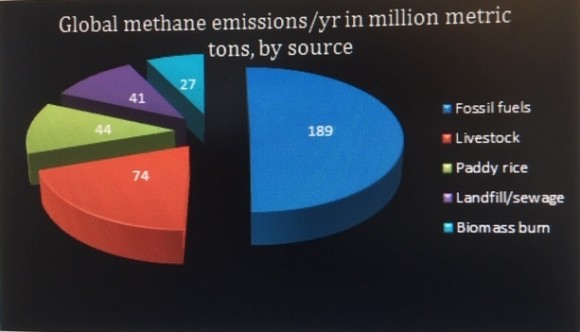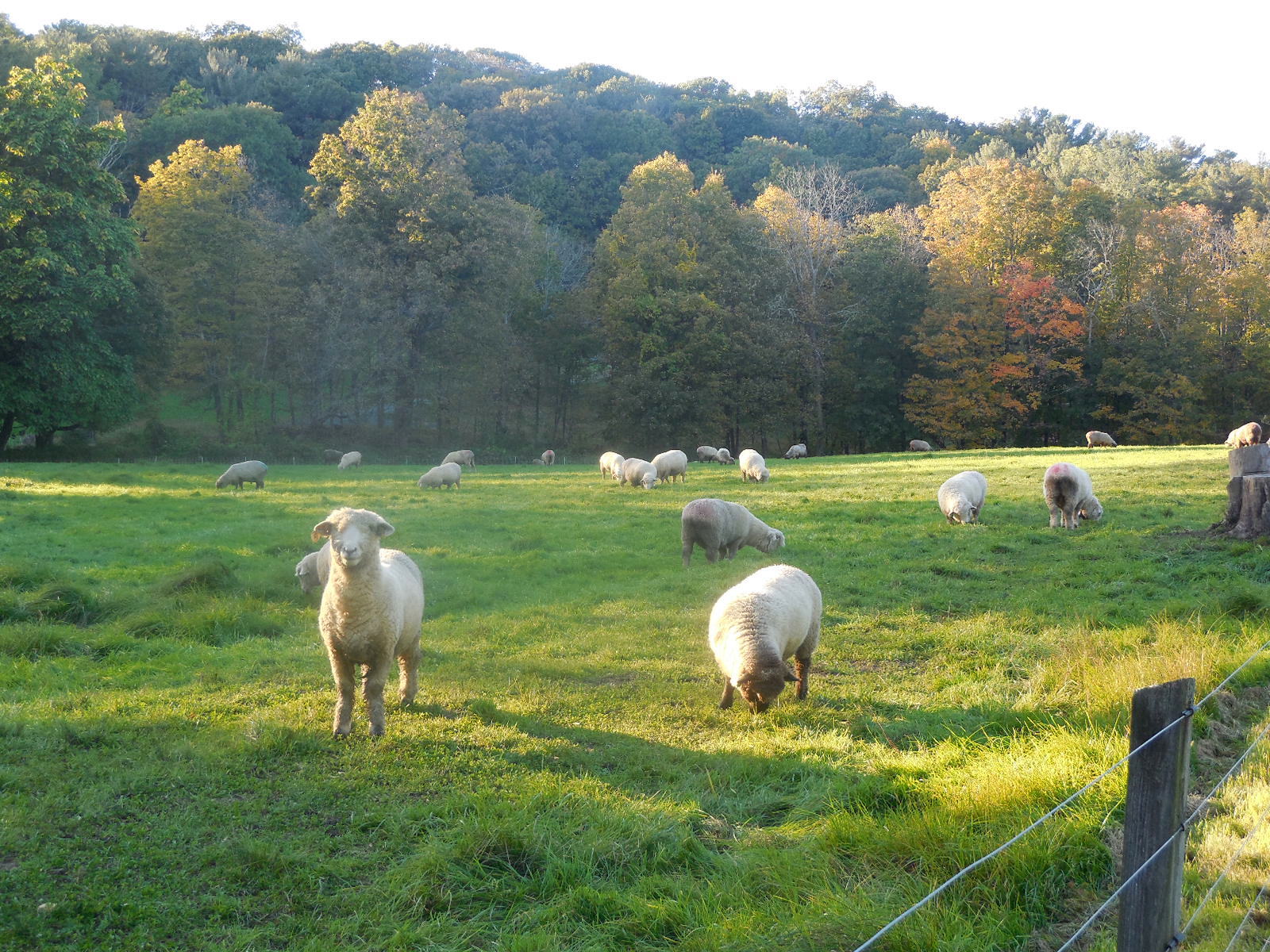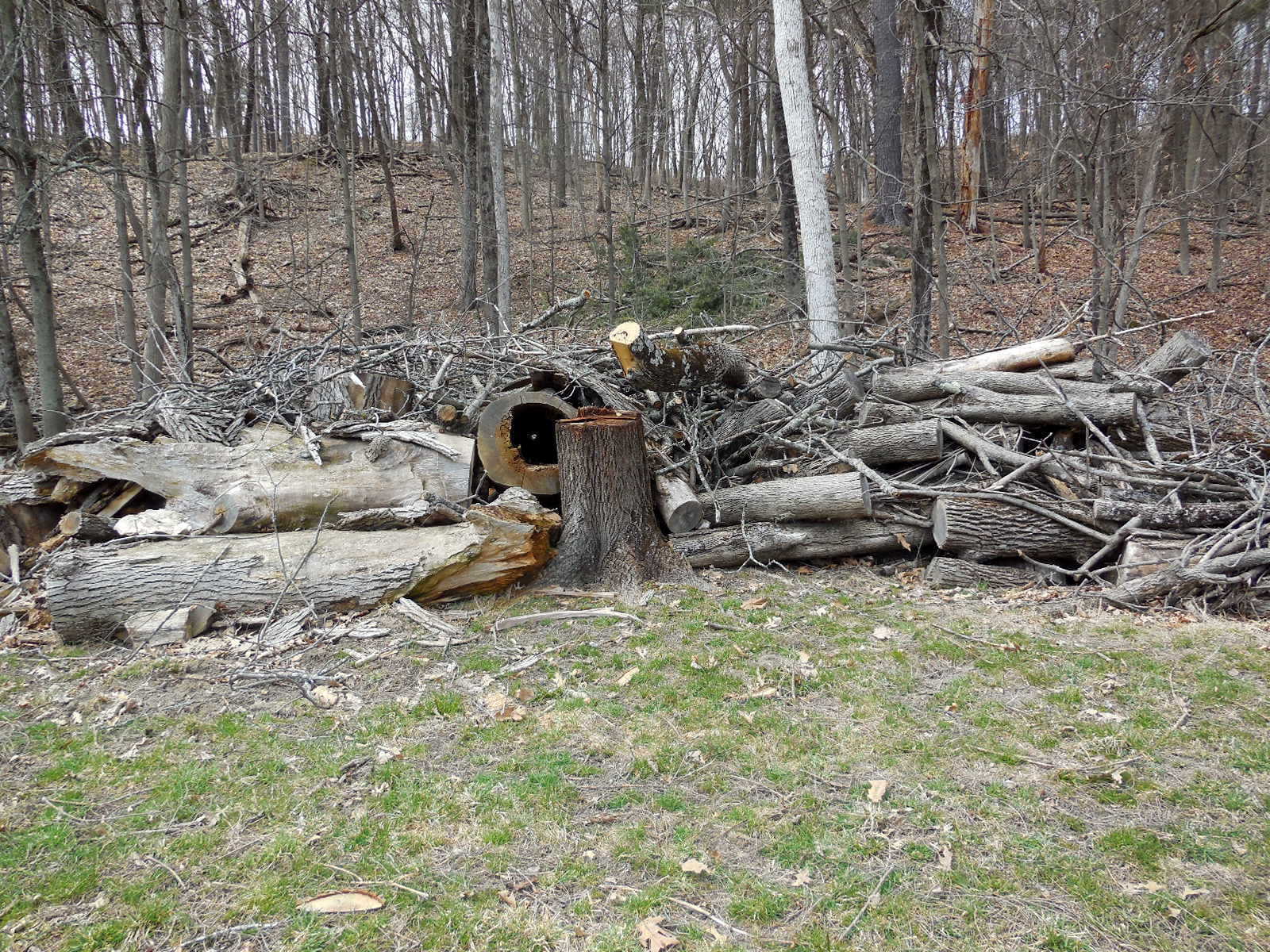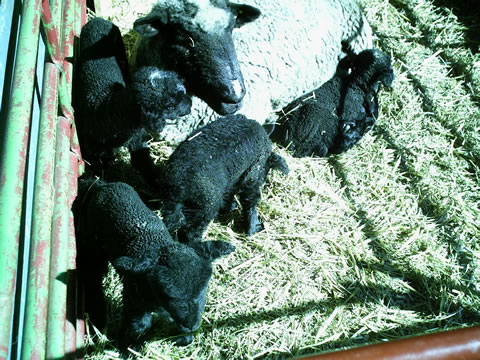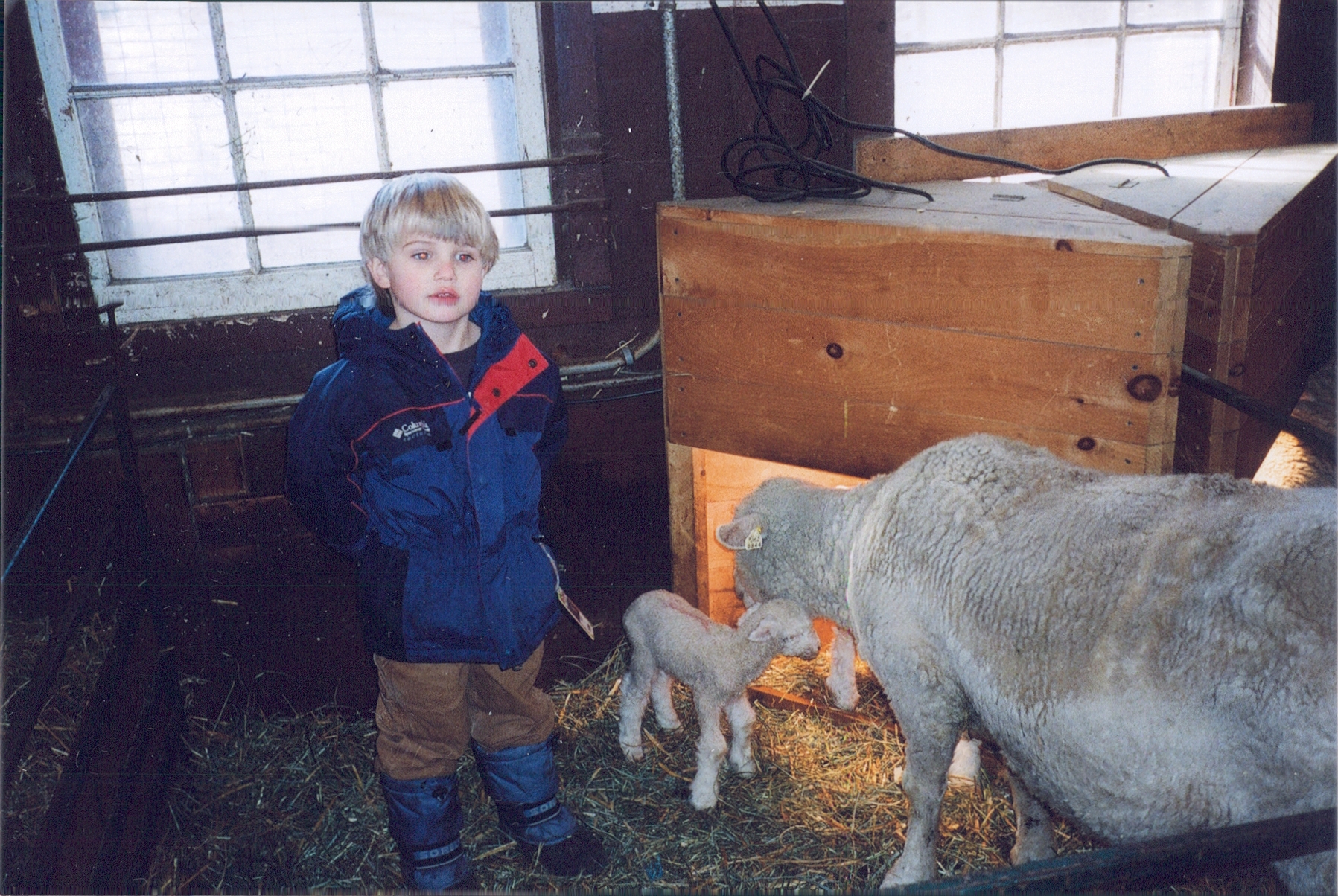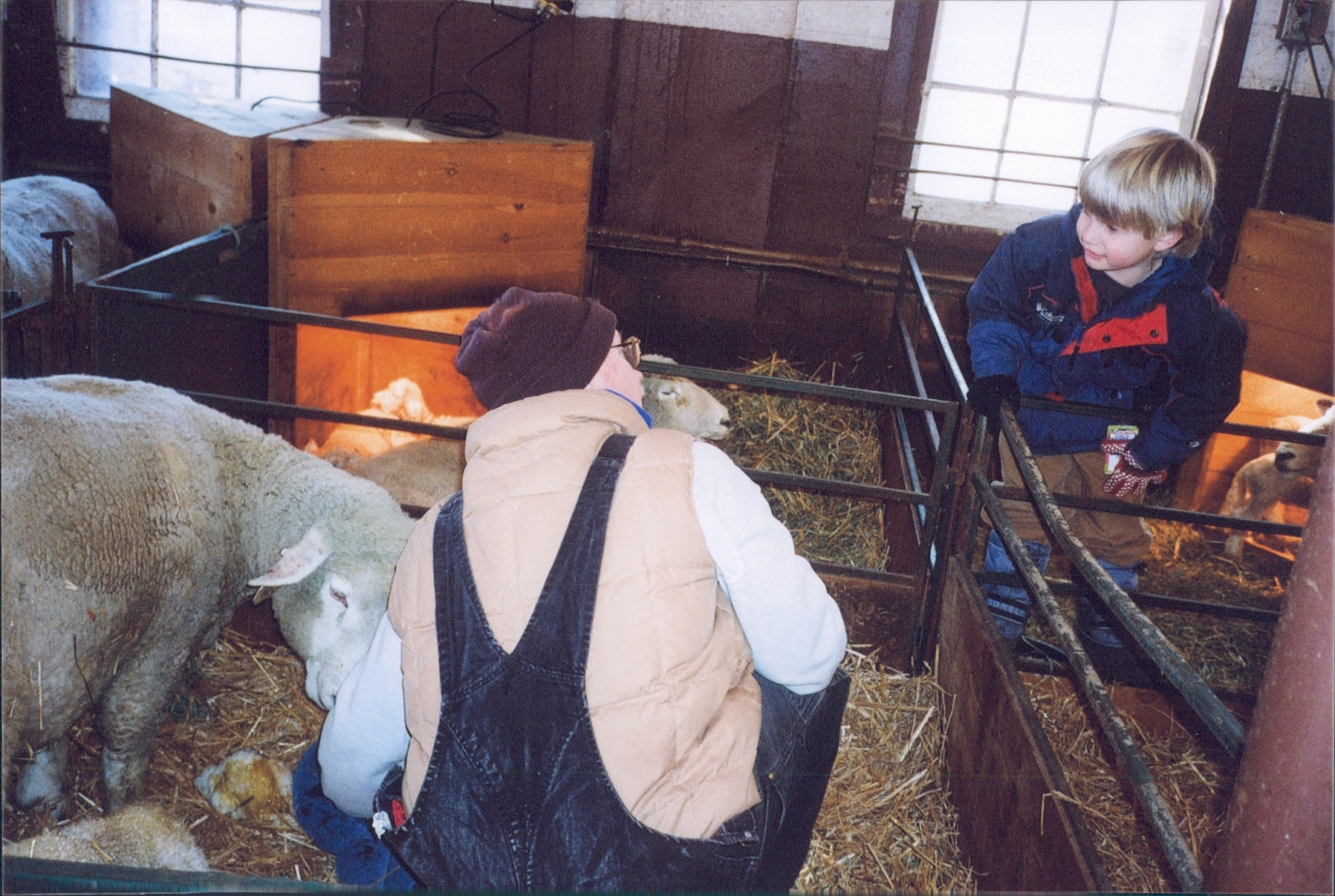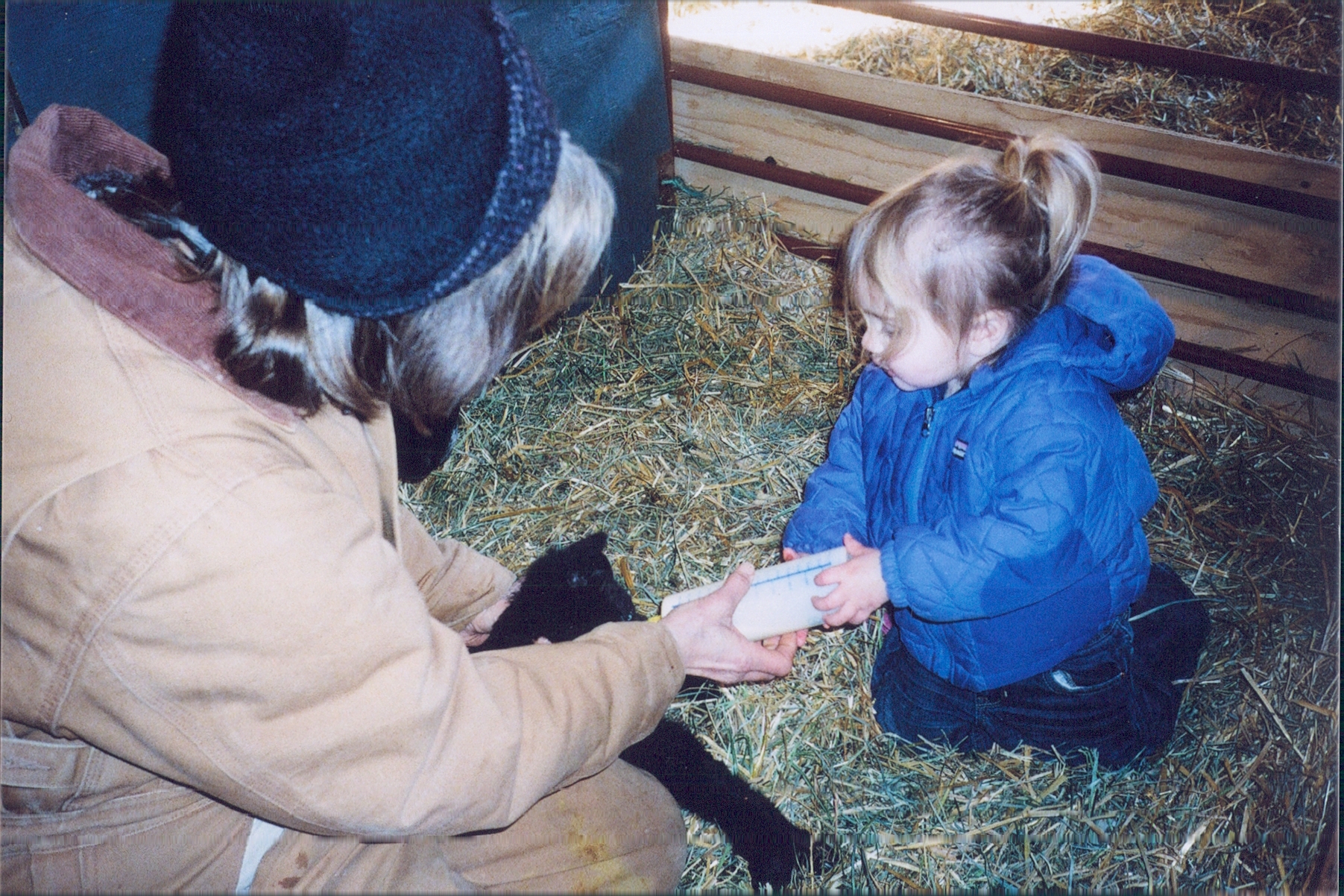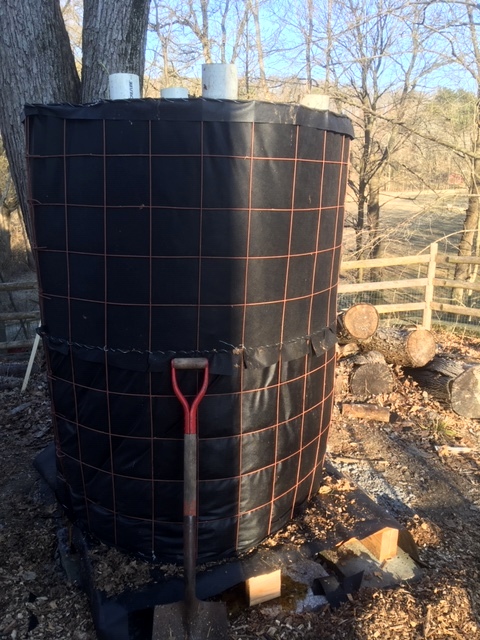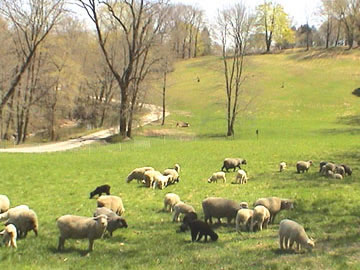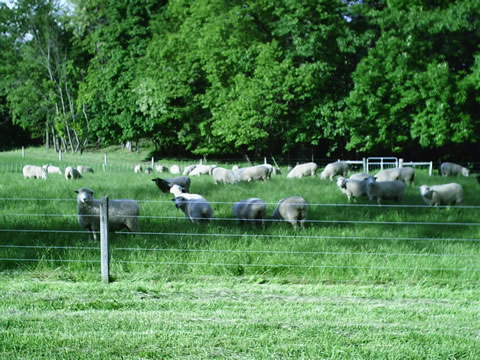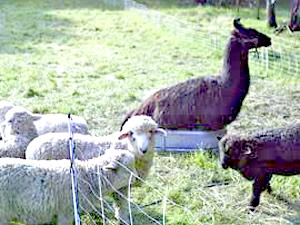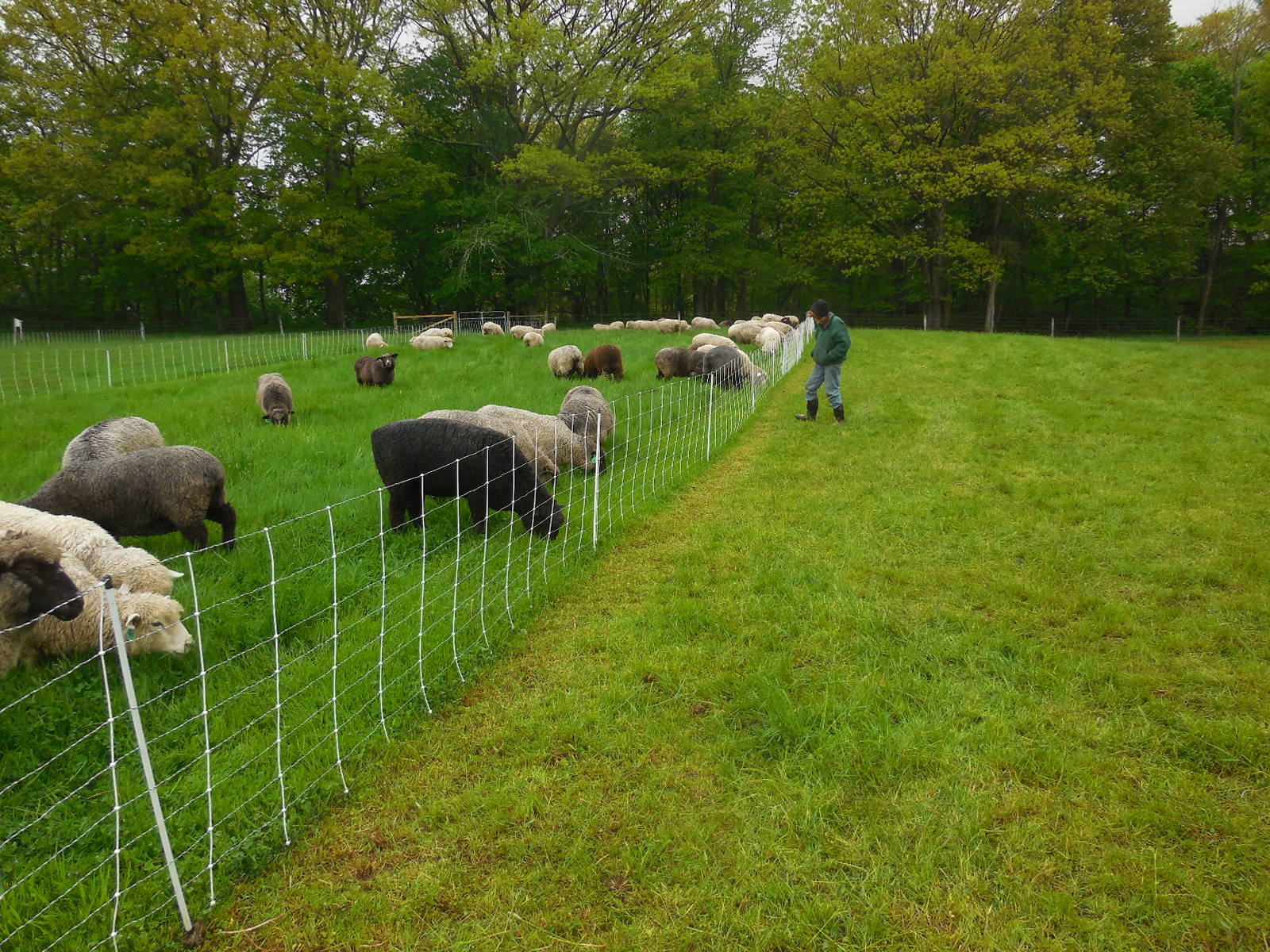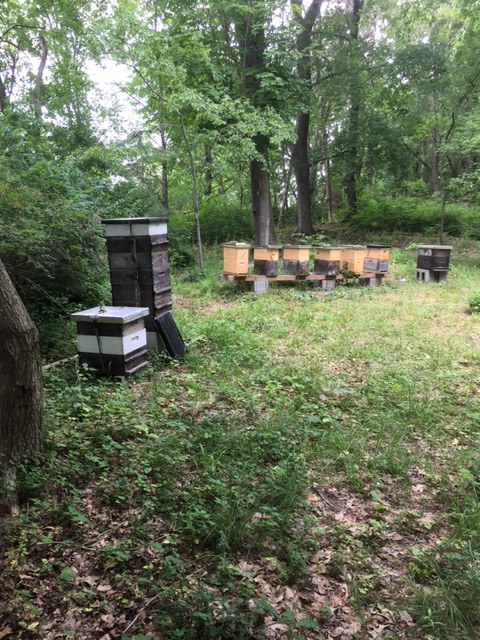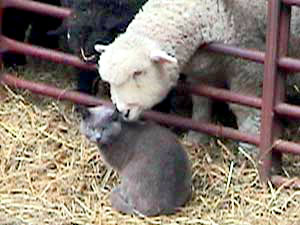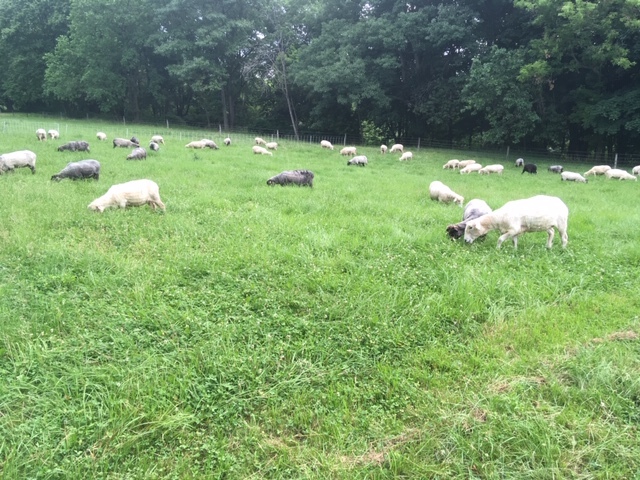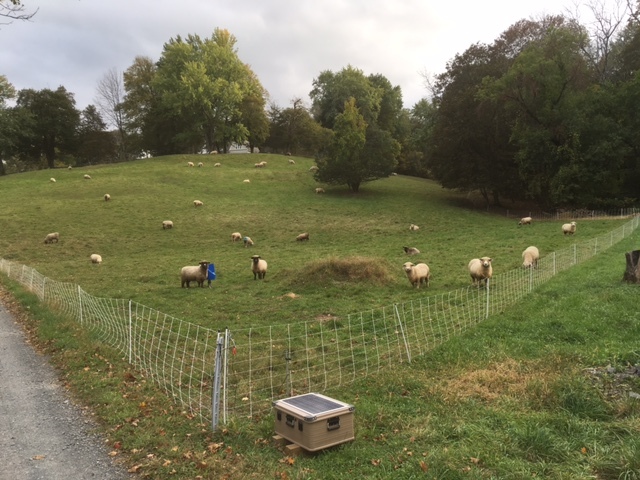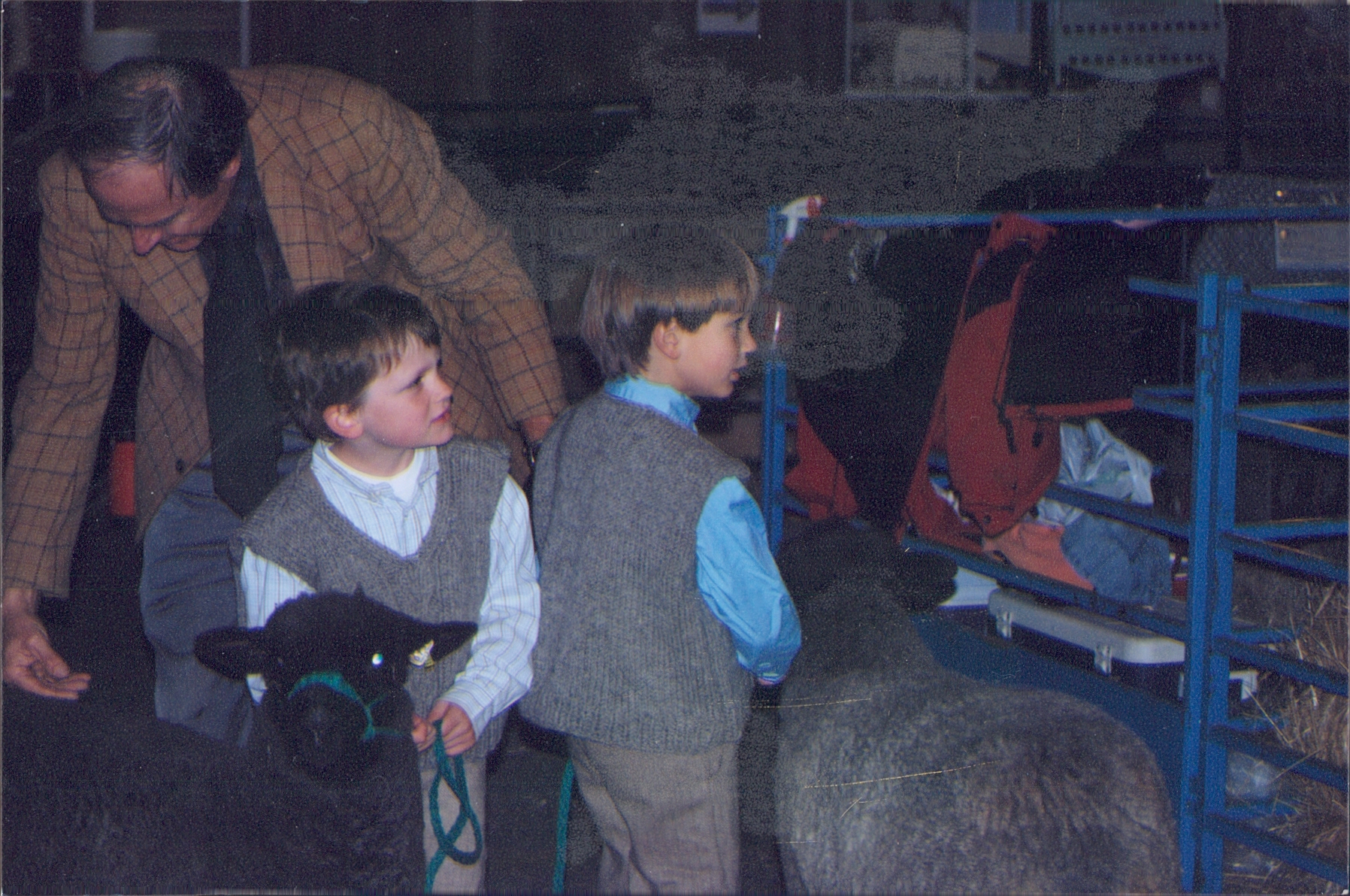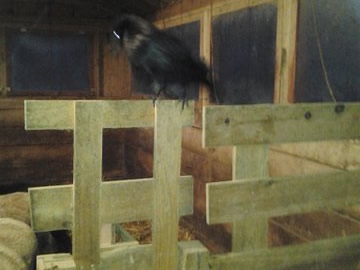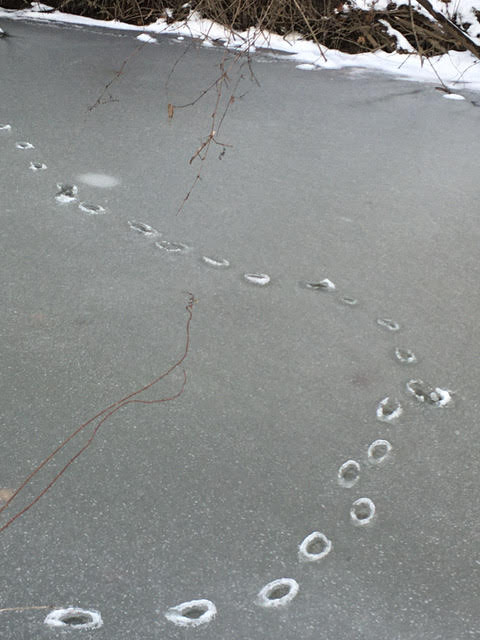Why We Must Control Methane Emissions Now!
Note: the title of this post has been changed to that immediately above, because the original title was a weak pun about a serious topic. I have not changed the permalink,, since that is in circulation already. http://www.anchorageromneys.com/2019/06/over-heaters-a…e-methane-diet
Summary: This picture-essay explains why methane must be considered very differently from carbon dioxide as a “greenhouse gas” that powers “global warming.” It opens with a brief explanation of global warming, then compares how methane and carbon dioxide differently affect the capacity of the atmosphere to trap heat over time. Humanity has a chance to modify over the next ten years how methane will influence near-future global warming. To change it for the better is possible. We don’t have that potential with carbon dioxide. Therefore, we must act on methane immediately. The best place to start is by ending the growth of the natural gas supply system in the United States.
A windows-up car in winter sun is very warm inside. The sunlight that went through the glass has been repacked inside to another form of energy (infra-red) that can’t get out through glass as readily as the light came in; so, some stays a while, warming the inside. Greenhouses work this way, too, trapping heat.
Earth’s atmosphere acts like glass because “greenhouse gases” in it let through solar energy but restrict the return to space of infra-red, heating the atmosphere. For thousands of years the atmosphere acted like a well-run greenhouse, with carbon dioxide ( the main greenhouse gas) recycled to earth so it did not build up in the atmosphere. In the 1800s, mounting releases of greenhouse gases (mostly carbon dioxide from burning fossil fuels for heat and power) overloaded the atmosphere’s pre-industrial ability to handle them. Each year, less incoming energy escaped back into space. This trend has sped up greatly in the last fifty years. The needed, beneficial “greenhouse effect” that fostered plant and animal life is out of control. This raises the average temperature at Earth’s surface. It causes “climate change” featuring rising sea levels, warmer and acidifying oceans, deadly heat waves, droughts , mass extinctions, melting glaciers, record-breaking rains and floods.
Carbon dioxide from burning coal, oil and natural gas accounts for more than half of the heat now stuck in the atmosphere. Any carbon dioxide beyond what can be recycled to earth via photosynthesis in plants or (with ill effects) dissolved in oceans builds up in the atmosphere, where it will last for centuries. Another greenhouse gas, methane, is scarcer but so much stronger per molecule at stopping outward-bound energy that methane causes almost a third as much heat-trapping as carbon dioxide. Methane is short-lived. It survives in the atmosphere only about ten years before it’s broken up by “scrubber” chemicals. This gives humans potential to get more control on global over-heating than we now have, if and only if we take steps that are big but not impossible..
How methane and carbon dioxide differ as atmospheric heat-trappers is shown in a series of eight pictures below. The first four represent the atmospheric warming effect of just methane alone; the next four, the atmospheric warming effect of just carbon dioxide alone. In real life the two gases are combined in the atmosphere, with their combined warming effect being that of carbon dioxide PLUS that of methane.
The atmospheric warming effect of methane alone in 2019 is represented in figure 1 by two blankets on the doll. Imagine she’s a real person who’s comfortable under two.
Fig. 1 Warming effect of methane in 2019. Two blankets
If global methane emissions stayed the same per year for the next ten years, each unit entering the atmosphere after 2029 would replace one that had been scrubbed out. This would sustain global heating by methane at 2019 levels but not make it worse. The 2029 situation is represented in figure 2 . The doll still has two blankets.
 Fig 2. Warming effect of methane in 2029 if amount emitted each year since 2019 has not changed
Fig 2. Warming effect of methane in 2029 if amount emitted each year since 2019 has not changed
If global methane emissions began to go down year by year, there would be cooling in 2029, because not all the heat-trapping methane molecules that had been scrubbed out would be replaced by new ones. The doll in figure 3 is “sleeping cooler” with now only one blanket, not two.
Fig. 3. Warming effect of methane 2029 after 10 yrs of emissions going down every year , not to zero
On the other hand –worst case – if methane emissions keep rising worldwide, methane will add to global over-heating at an extreme rate. You can imagine that the doll in Figure 4 below will be very hot under four blankets.
Figure 4 . Warming effect of methane in 2029 after ten years of rising emissions.
Someone might say “Duh, obviously when emissions are going up the heating effect is stronger, like more blankets. Everybody knows that.” OK, but what everybody does not know is that the heat content of the atmosphere will respond quickly to changes in how fast methane is entering it, because methane is short-lived. It doesn’t work that way with long-lived carbon dioxide. The response is delayed, blunted. With either gas, emissions going up year after year will increase atmospheric heat content (add blankets) and raise the doll’s temperature. BUT, carbon dioxide’s contribution to atmospheric heat content, unlike methane’s, will keep rising for decades even if emissions are flat, even if they are falling.
Figure 5 represents the warming effect of carbon dioxide in 2019: six blankets
Figure 5. Warming effect of carbon dioxide alone in 2019 represented by 6 blankets
Figure 6 shows the situation in 2029 assuming that carbon dioxide emissions have been exactly the same amount per year since 2019. Eight blankets, not six. All the heat-trapping gas emitted in those ten years has been added to what was already there in 2019.
Fig, 6 Warming effect of carbon dioxide alone in 2029 if emissions each year are unchanged: 8 blankets
If carbon dioxide emissions got to be less each year than the year before, the situation in 2029 would look like figure 7. There are seven blankets, not six and not eight. The total added in ten years is less than what it would have been if the amount each year had stayed the same, but it’s still a big extra load.
Figure 7. Warming effect of carbon dioxide in 2029 after 10 years of falling emissions
If each year’s emissions of carbon dioxide were higher than those the year before, the scene in 2029 would be like Figure 8, with nine blankets piled on,
Fig. 8 Warming effect of carbon dioxide in 2029 after 10 years of rising emissions: 9 blankets
The table below summarizes the eight pictures by counting the number of blankets in each situation. For example, two blankets for methane in 2019 (Figure 1) and seven for carbon dioxide in 2029 after ten years of declining emissions.(Figure 7). The take-home message is that the future heat trapped (number of blankets) due to carbon dioxide will always be higher than that of today for many decades to come, no matter whether the amounts released per year stay the same, go up or go down. Methane is different. Future heat-trapping due to methane will not necessarily be higher; it could be the same or even lower if humankind takes ambitious steps.
|
|
Methane |
Fig no. |
Carbon dioxide |
Fig no. |
|
2019 “baseline” |
2 |
1 |
6 |
5 |
|
2029 emissions same each year |
2 |
2 |
8 |
6 |
|
2029 emissions falling each year |
1 |
3 |
7 |
7 |
|
2029 emissions rising each year |
4 |
4 |
9 |
8 |
To put things another way, humanity can apply the brakes to methane’s role in adding heat to the atmosphere. There are no brakes on carbon dioxide that will work anywhere near as soon.
Even cutting global methane emissions to zero (impossible, since almost half are from sources outside human influence like wetlands and lakes) would not halt the runaway greenhouse effect we see now. To turn the corner on over-heating, carbon dioxide emissions must end and much of it now in the atmosphere must be moved into soil for good. The point about methane, however, is that letting its yearly emissions grow will add hugely to global over-heating . but holding them steady will not. Cutting them year after year will actually remove heat.
To be clear: neither holding total methane emissions steady over the next few years nor sharply reducing them will necessarily keep the average temperature on the globe’s surface from hitting dangerous new heights towards which it is headed. The other side of that statement is that letting methane emissions continue to go up in the near future guarantees that the danger point will be reached, and sooner.
How to get yearly methane emissions down ? The major sources under human influence are, in order of amount : fossil fuel extraction and distribution; livestock that release methane in digestion; paddy rice cultivation, landfills and waste handling; biomass burning.
Figure 9. Global human-influenced methane emissions in million tonnes/yr, by source. Data: Howarth, 2019
The major source – fossil fuels — is also the only one that on good evidence is getting bigger each year. This is due largely to leakage of methane from the natural gas withdrawal and distribution system (natural gas is mostly methane) . In the USA, natural gas withdrawal rose by 69% between 2006 and 2018, spurred by “fracking.” The more natural gas is pumped from the earth, the more methane leaks into the atmosphere. A quick end to growth of the natural gas industry in the USA could put the world on course to steadily flat or falling methane emissions, not adding further to atmospheric heat , maybe even lessening it over time . Continued expansion of leaky natural gas systems, in terrible contrast, would cause yet more heat to be trapped our atmosphere, already too warm.
A “quick end” to growth does not mean that everyone who now uses natural gas will have it turned off. It does mean that no new projects to withdraw and use it can be tolerated if we want a decent chance for a livable world for our children and grandchildren. In short,
- No new gas wells, fracked or conventional
- No new gas pipelines, long or short
- No new gas-fired power plants
- No new gas storage facilities
- No new buildings hooked up to natural gas
- No exports of liquefied natural gas for fuel or plastics
- Start closing “fracked” wells
- Carbon fee (and dividend) on natural gas (with agricultural exemption)
- Top priority for renewable energy sources like wind and solar
- No federal subsidies for natural gas systems
That’s a tall order, but to get from current rate of growth/yr in methane emissions to no growth does not require a large sudden cutback in US natural gas withdrawals from some distant past year like 2005 or even a more recent year. It “only” 9word used advisedly) means that production in 2020 be no greater than it will have been in 2019. Rystad Energy predicts 976 billion cubic meters for 2020 and 919 bn cm for 2019. To level out requires forgoing the 6% annual increase projected, but the climate benefits of doing that and holding on that course are large and don’t require draconian cuts in production from 2019 pace. If only the USA had done this ten or even five years ago there would be a lot less methane in the global atmosphere and no more building up as it is doing today.
Further reading
http://www.eeb.cornell.edu/howarth/documents/Howarth_methane-Biogeo-lecture_2019-0301.pdf
https://foodsource.org.uk/building-blocks/agricultural-methane-and-its-role-greenhouse-gas
Stephen Q. Shafer MD MA MPH Saugerties NY 12477 sqs1@columbia.edu
Any errors of fact or interpretation are entirely mine as an individual. as are all opinions expressed. Permission is hereby given to copy or circulate the above piece in whole or part as long as the permalink is cited.







